Choosing the right mechanical joint solution is crucial to the success of any engineering project. Without it, factors like corrosion, wear and/or lack of shear strength can prevent your design from reaching manufacture.
Each type offers different features that benefit different applications and environments. With a vast choice of mechanical joints, you need to find the perfect solution that suits your design and maximises manufacturing efficiency.
In this article, we will provide a comprehensive guide on the selection criteria, key considerations and best practices when it comes to mechanical joints.
What are the key considerations when selecting mechanical joints?
- Operating environment - Different operating environments pose specific variables that can affect the durability of mechanical joints. Corrosion, wear and thermal resistance all contribute to the lifespan of mechanical joints, and need to be closely considered when choosing a mechanical joint solution.
- Parent materials - Parent materials play a critical role in determining the right mechanical joint for your application. If you are using dissimilar materials where one is softer than the other, fretting wear and galvanic corrosion can become an issue that leads to mechanical failure.
- Load and stress requirements - Different designs and components have different amounts of load to be managed by joints. On the high end, shear strength of the joining solution needs to be prioritised to avoid deformation and mechanical failure.
- Manufacture and maintenance - All of the above factors need to be balanced with the speed and cost of manufacture to maximise productivity. Moreover, the ease of maintenance is also critical for designs that face long-term operation such as those in the aerospace industry. Understanding these factors and determining what is important for your design is crucial to shortening the manufacturing time without impacting joint durability.
What are the best design options for a mechanical joint?
Clinching
Clinching joints describe the process of deforming two metal sheets into another. This form of joining solution is suitable for lightweight designs that face fairly comfortable environments, taking full advantage of its low cost and high manufacturing efficiency. That said, clinching has a low shear strength and is susceptible to many environmental factors.
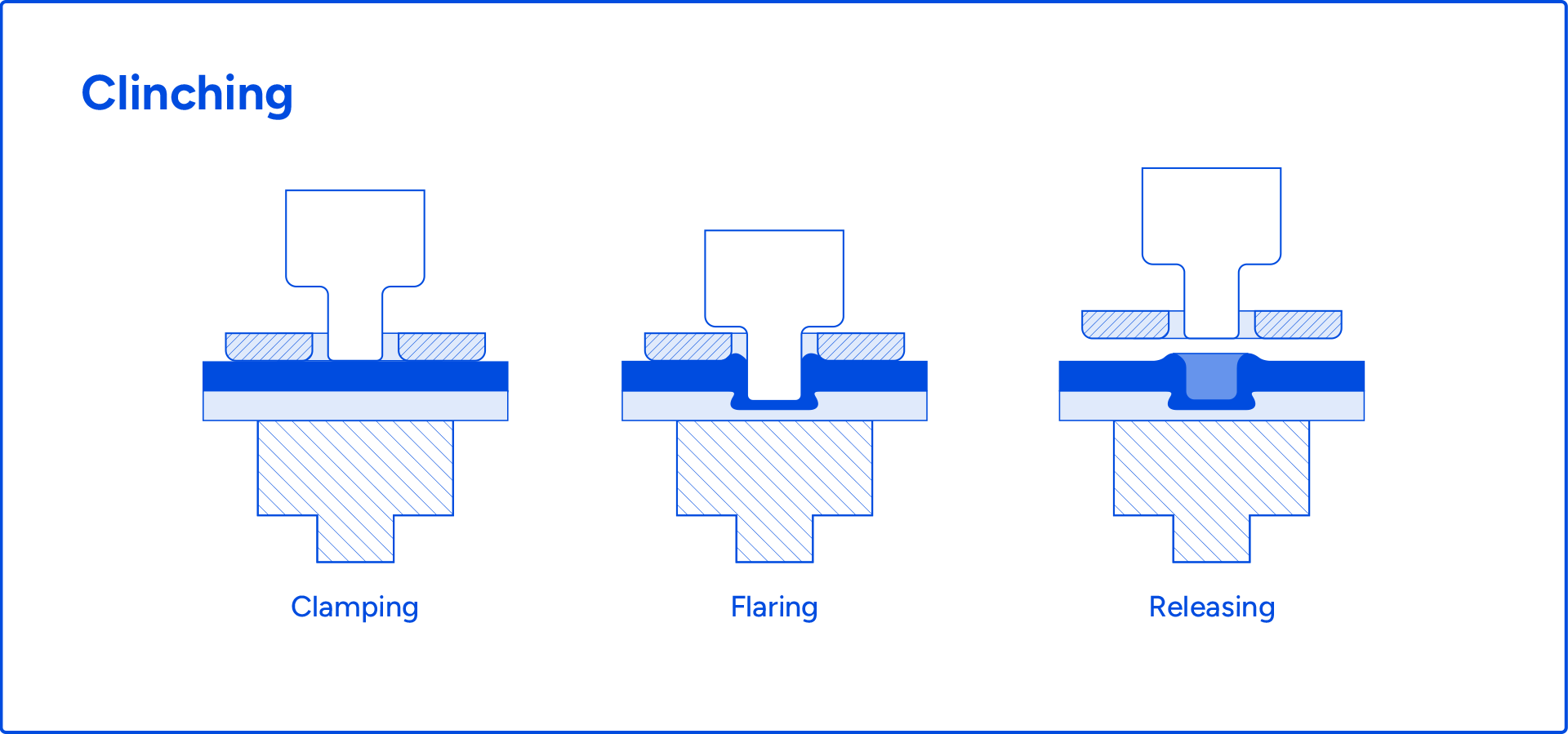 Benefits:
Benefits:
- Good for light and soft parent materials.
- Very low cost and excellent manufacturing efficiency.
Weaknesses:
- Low shear strength for high load/force designs.
- Weak to corrosion, wear and thermal factors.
Rivets
Rivets are driven through a tapped hole before their head is deformed using tools to cause it to expand and create a strong joint. Rivets are excellent for designs that need shear strength and wear resistance. However, they are susceptible to corrosion when using dissimilar materials and can be difficult to repair, replace and overhaul.
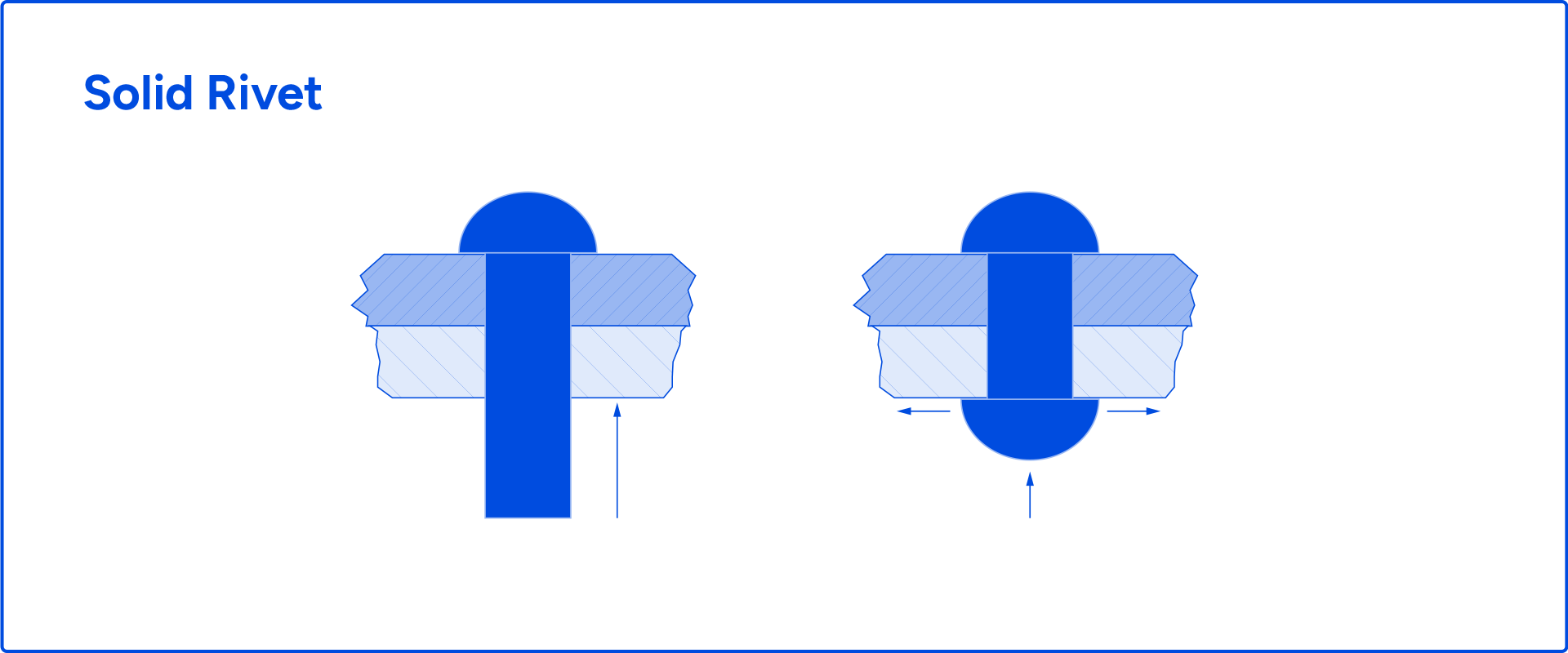 Benefits:
Benefits:
- Good shear strength.
- Strong fatigue and wear resistance.
Weaknesses:
- Susceptible to galvanic corrosion.
- Difficult to perform maintenance.
Screw and bolt joints
Screw and bolt joints are similar to rivets, but instead consist of threaded holes and bolts/screws and do not need to be deformed. This provides similar features to rivets but greatly enhances manufacturing efficiency and ease of maintenance. However, these joints are susceptible to stress concentrations across the bolt that lead to fretting wear, making them unsuitable for soft parent materials.
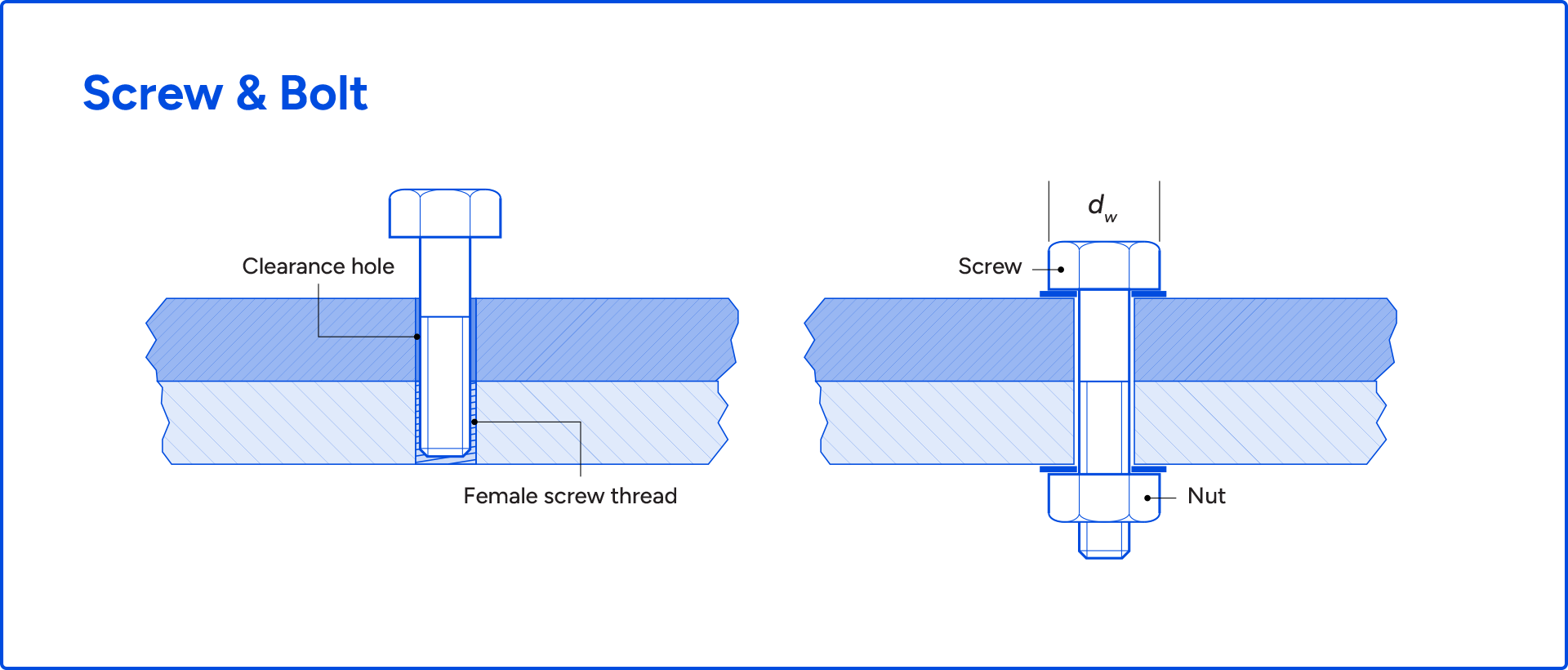 Benefits:
Benefits:
- Great shear strength.
- Low cost and good manufacturing efficiency.
Weaknesses:
- Prone to fretting wear.
- Not suitable for lightweight materials.
Wire thread inserts - the universal mechanical joint solution
When it comes to evaluating the right mechanical joint solution by the selection criteria, each has their own unique merit in different designs. Wire thread inserts change this by making screw and bolt joints universally valuable for every engineering project.
These inserts are installed between the parent material and fastening element of a joint, adjusting radially and axially when the bolt/screw is driven through. This introduces new threading to the joint and dissipates the tension equally over the entire hole and bolt.
 Wire thread inserts act as a protective layer from heat, corrosion and wear, and make installation and maintenance far easier using specific tooling. Simply put, wire thread inserts tick all of the selection criteria boxes when it comes to mechanical joints.
Wire thread inserts act as a protective layer from heat, corrosion and wear, and make installation and maintenance far easier using specific tooling. Simply put, wire thread inserts tick all of the selection criteria boxes when it comes to mechanical joints.
Benefits:
- Excellent shear strength
- Corrosion, wear and thermal resistance
- Protection from fretting wear
- Fast to install, simple to perform maintenance
- Customisability of material composition and surface finish to suit design
Integrate a joining solution that fits all the requirements with KATO® Advanex
There are a number of mechanical joint solutions that are each suited for specific designs, environments and applications. That said, wire thread inserts make bolt and screw joints a perfect joining solution for almost every engineering project.
At KATO® Advanex, we provide an extensive range of Tanged and Tangless coil thread inserts in multiple compositions, finishes and sizes. Each of our inserts and tools are in full conformance with military, aerospace, and commercial standards and specifications. All you need to do is find the right one for you, which our team of specialists can help you with.
To find out more about our products or to get additional pricing information, contact a member of our team today.
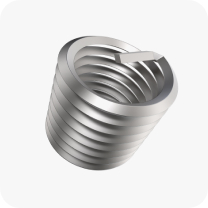
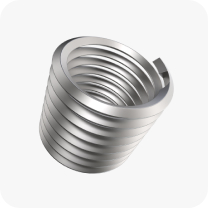
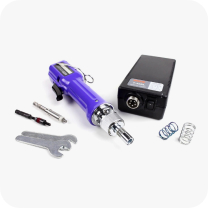
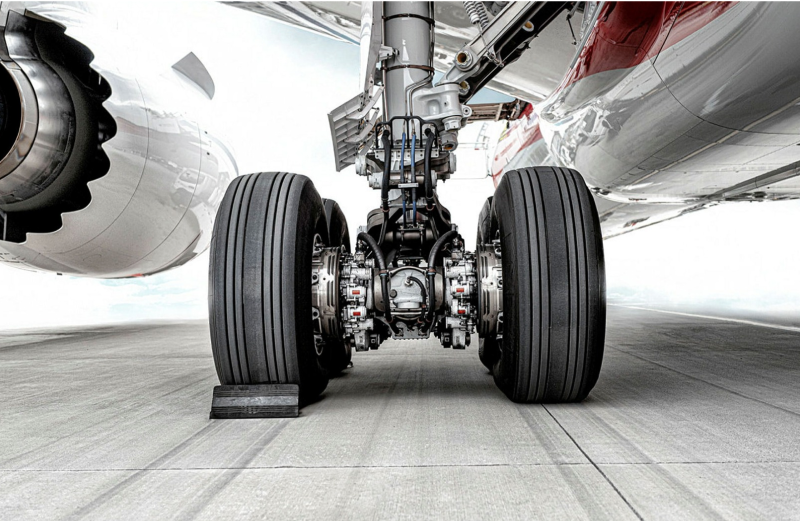
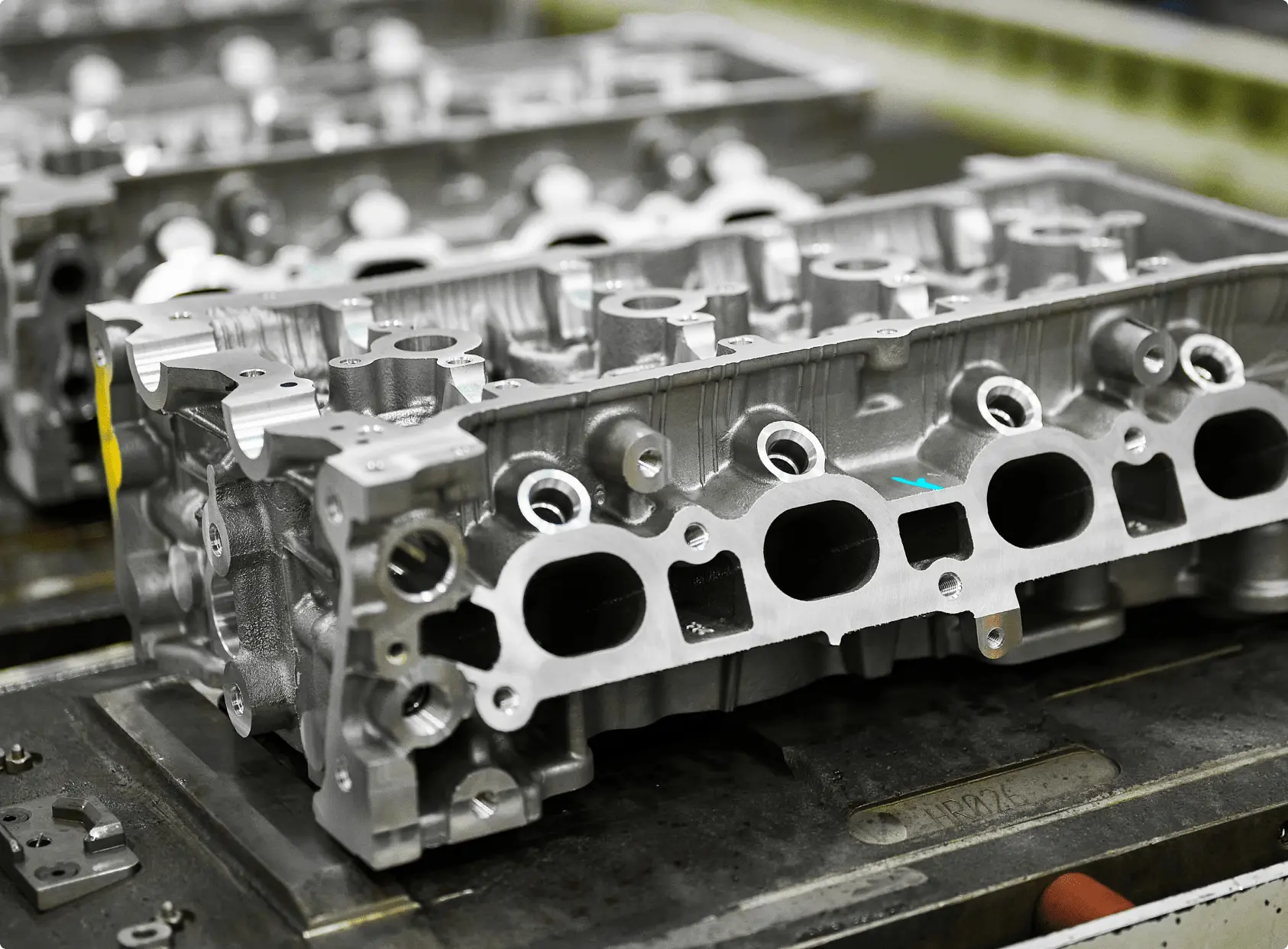
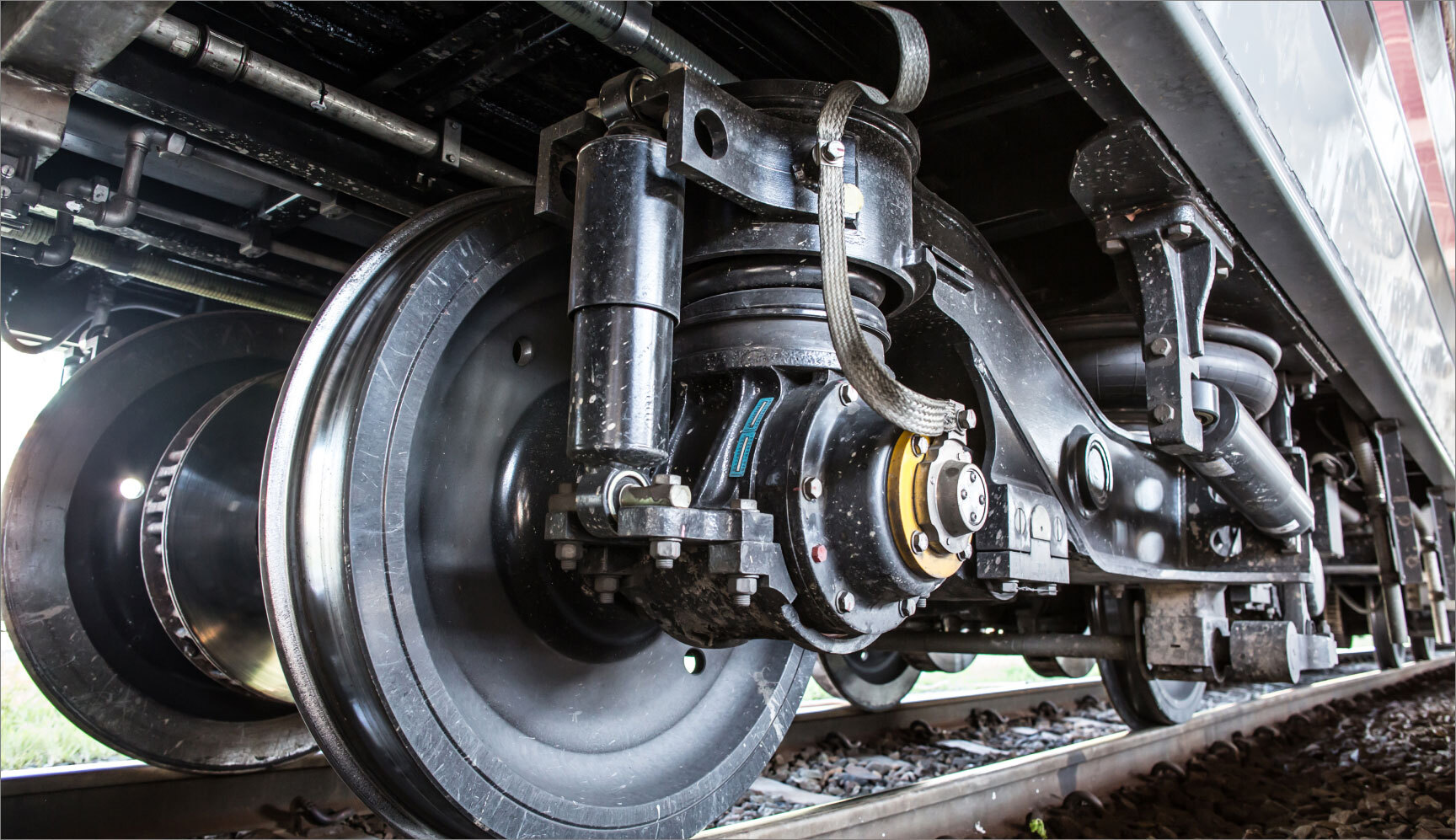

.jpg?width=352&name=shutterstock_1054220735%20(1).jpg)
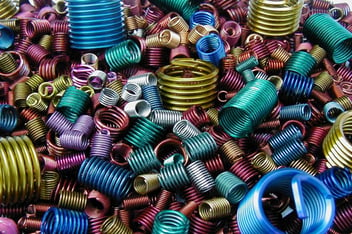
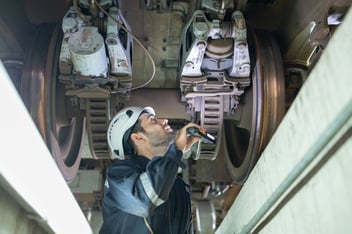
.jpg?width=352&name=Shutterstock_1473498770%20(1).jpg)
.jpg?width=352&name=Shutterstock_1207978306%20(1).jpg)
.jpg?width=352&name=Shutterstock_37577614%20(1).jpg)